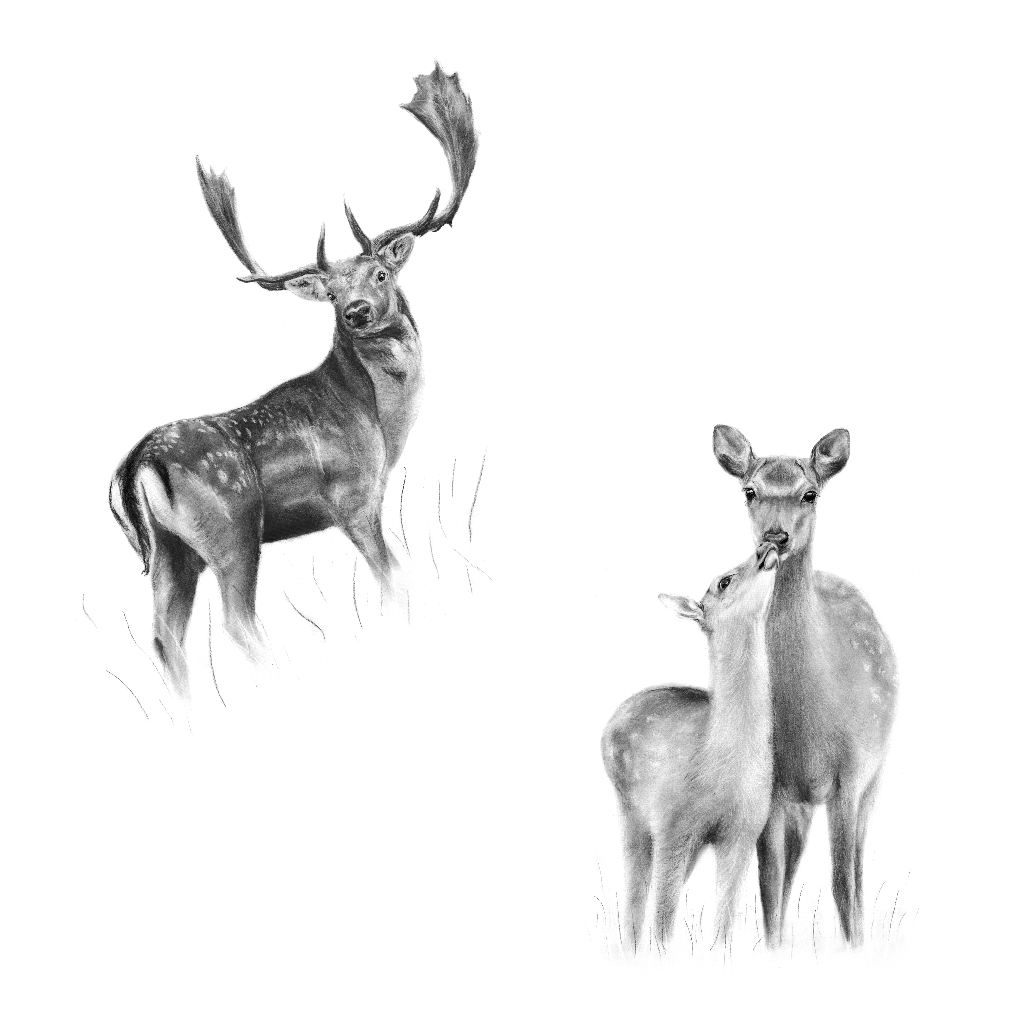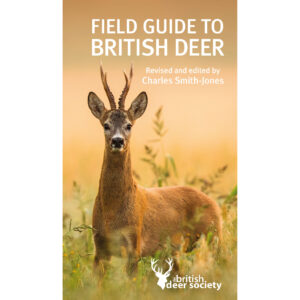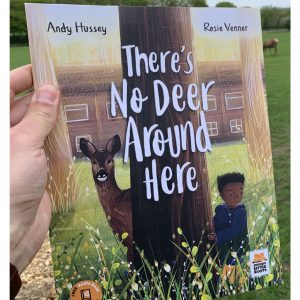MANAGING DEER
Each of our six species of wild deer has expanded in numbers and distribution over the past 30 years, some massively and some modestly, but all with an impact on their environment or upon human endeavour.
As a prey species, deer breed more rapidly than is necessary simply to sustain their population. One hundred roe deer, for example, uncontrolled but allowing for known birth and mortality rates, can grow to as many as one thousand in just ten years.
Such a population can only be sustained by pioneering new territory, territory which is no longer available to them as distribution now covers every suitable county of the UK.
The Role of Culling
Deer are an important species that contribute positively to our biodiversity. They are also much loved and valued for the pleasure they bring, even though the times of their activity means that many people are unaware of their close proximity and high numbers.
In the absence of natural predation it falls to people to manage the ever-growing deer populations, but to manage them with care, with respect and with deference to scientific knowledge and research.
While deer management usually means culling to a plan which replicates a similar impact to that of natural predation. Deer management is more than just culling and can take into account a number of factors and methods to ensure deer populations remain healthy and in balance with their environment.
The Challenges Around Deer Contraception
Humane management
Culling deer carries great responsibility and one of the British Deer Society’s founding principles is the promotion of humane control using the appropriate tools and within best practice guidelines.
We pioneered deer stalker training to ensure that all those involved in deer management had the necessary skills and knowledge to carry out the task with aptitude, respect and sensitivity.
Deer management should be seen as necessary, beneficial, environmentally responsible and a positive contribution to overall deer welfare.
Those who manage deer also love deer.
Legal Protection & Close season
Wild deer in the UK are covered by comprehensive legal protection and some of the relevant legislation concerning deer in England and Wales is below:
- Deer Act 1991 (as amended): specifies close seasons, means of control, ownership, lawful authority to kill deer etc.
https://www.legislation.gov.uk/ukpga/1991/54/contents - Wildlife and Countryside Act 1981: protects the flora, fauna, and countryside of Great Britain.
https://www.legislation.gov.uk/ukpga/1981/69 - Hunting Act 2004: legislates against deliberate hunting with dogs.
https://www.legislation.gov.uk/ukpga/2004/37/contents - Wild Mammals Protection Act 1995: protects wild mammals from deliberate cruelty.
https://www.legislation.gov.uk/ukpga/1996/3/contents
Separate specific legislation also exists for Scotland and Northern Ireland.
CLOSE SEASON
In order to protect female deer and their young and male deer while their antlers are growing, the UK operates a close season system that specifies when the culling of different species may not take place.
However, there may be circumstances where culling has to take place during the close season, such as the need to deal with injured or sick deer.
*PLEASE NOTE: The Scottish Parliament in September 2023 voted on Government proposals to abolish the season for male deer in Scotland. Despite having been rejected by the Rural Affairs and Islands Committee, the Parliament voted to accept the Government proposal. This means that from 21st October 2023, there will be no close season for male deer of any species in Scotland.
Species
Sex
Close Season England, Wales & N Ireland
Close Season Scotland *
Female
1 Apr - 31 Oct
16 Feb - 20 Oct
Red/ Sika hybrids
Male
1 May - 31 Jul
No Close Season
Female
1 Apr - 31 Oct
16 Feb - 20 Oct
Female
1 Apr - 31 Oct
16 Feb - 20 Oct
Female
1 Apr - 31 Oct
16 Feb - 20 Oct
Female
1 Apr - 31 Oct
1 April - 20 Oct
* There is no close season for muntjac as they breed throughout the year.
Further Reading
- Practical Deer Management by Charles Smith Jones (2019) Quiller Publishing
- Deer Management in the UK by Dominic Griffith (Revised 2011) Quiller Publishing
- The Deer Stalking Handbook by Graham Downing (3rd edition 2013) Quiller Publishing
- Deer Stalking and Management by Lewis Potter (2008) The Crowood Press
- Practical Woodland Stalking by Graham Downing (2010) Quiller Publishing










